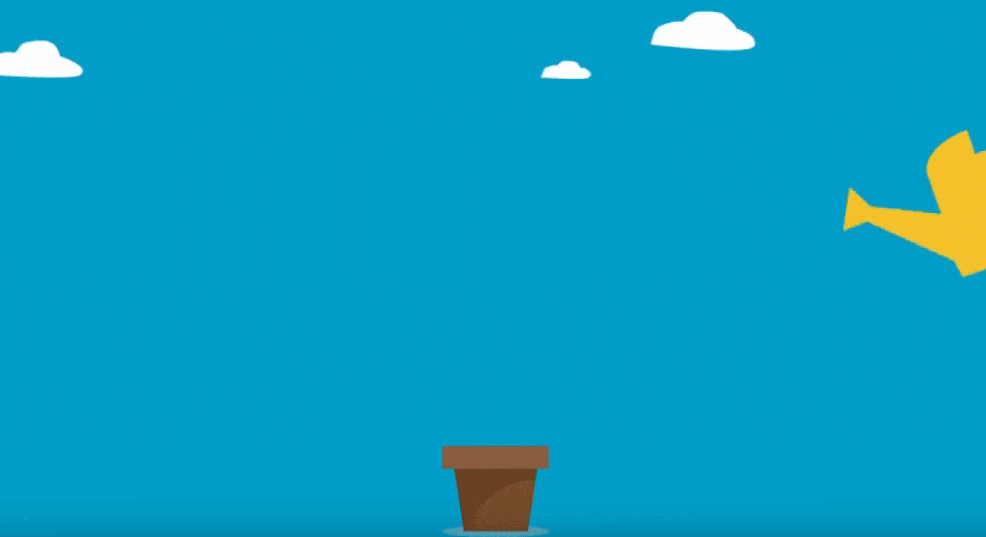We discussed the intricacies of B2C service design in the last essay, thank you indeed for receiving it so well – it was read 11K times in the last week, a number I am appeased with. I have been getting request emails since to address the same topic for the B2B (business to business) universe. So here I’m .. your wish is my command.
Let me begin this by posing a question for you.
Who buys a Rolex to see time?
The right answer for a vast majority of people who can’t afford the watch is likely to be: No one.
The right answer for those who buy a Rolex to go with their Rolls Royce is likely to be: Well, I do. It is a fine timepiece.
Somewhere between these two different islands lies the water in which the dolphins of the B2B universe come to play. The popular view on service is that it naturally applies to B2C engagements better. Well, that is because it is an easier frame for people to imagine: a corporation serving a customer. If you think (deep thought) you would understand that there can’t be a B2C without a B2B. Let me take an example of the ITES industry (as it puts food on my table, currently). For a BPO A to serve the end consumer of brand B, it is important that it serves Brand B well first because a disgruntled brand B, will cause the relationship to end abruptly, leaving no room for the end customer to be served.
The goal of both efforts (B2C and B2B Service Design) is the same.
Increasing comfort and convenience and reducing effort, thereby making the experience pleasant. It is vital to note here that, unlike a B2C arrangement in which the customer more often than not has limited resources and time to invest in changing supplier, in the B2B engagement it is literally someone’s job to see if a relationship is serving the business interests. Someone assessing you 8 hours a day every day.
Needless to say, you gotta deliver better.
So in the equation of service design with the core delivery and economic imperative, a whole lot of other considerations make entry too, listing a few here:
- The search, who can provide the same level of service cheaper?
- Is there a provider who would provide better service for the same price?
- How do they (service provider) operate as an organisation, does it inspire confidence?
- Do I dislike the person, I interact with in the service provider organisation?
- Can changing this partner add to my equity within my organisation?
- By supporting them (service providers) will I be seen colluding with them?
- They don’t pay me, I am paid by my organisation so I should make sure in the face of a conflict the one who pays for the invoice wins, which is my employer.
How does one deal with these complexities and come out as a winner, is the question?
Covid has not particularly helped the situation get any better.
The key to winning is to know your customer well and give them reasons beyond financial fitment to remain in a business relationship with you. The follow-up question is how do we do it?
It is important for us to find a way to meditate on below three aspects, with an extreme sense of urgency.
- Are we giving enough reasons for the B2B clients to continue doing business with us in these stressed times? If so, what are those: quantified.
- How is specific work that we execute on behalf of our client projected to be in short term (0-90days)?
- How strongly are the clients placed to continue in their operation and in relationship with us?
Extended lockdowns and weak productivity have substantially reduced the goodwill of efforts put in to ensure business continuity. The toil of making the computing infrastructure, software platform and the employee (though in a reduced capacity) available for operation, is when scrutinised with objectivity, comes out to be an effort guided to secure self-sustenance of the service provider: self-preservation. You see if a service provider doesn’t work, they go belly up. Therefore continuity can’t be seen or quoted as a differentiator.
A framework to provide the service providers with a basis for initiation of measured and informed action to meet the below objectives is needed.
- Secure short-term and medium-term fiscal interest.
- Create authentic short and medium-term projections.
- Categorise risk exposure on the clients.
- Evolve solution offering so that it remains relevant in the changing landscape of business and related operation.
- Create exit plans on high-risk relations and adjust the cost accordingly.
- Make investments in areas that are to remain positive.
There are four structural elements in the framework that I would like to put forth. The service provider should collect qualitative data/intel from their B2B clients on these.
- Who is your customer/client?
- What is the client busy with these days?
- How are they planning to engage with their end customers?
- What experience principle are they contemplating at the moment?
Who is your customer/clients?
The objective is to create personas for the clients so that we better understand the nature of our clients and the ways in which they are coping up with the turbulences of their business. In our qualitative input collection, we have to ensure the below.
- Contextual research to develop a deep understanding of the client.
- What is the need of the client business in the current times, from us and from their paying customers?
- What actions are they taking to secure their needs?
- What is the symbolic image of the service provider in the minds of the clients?
- Do they view us as key strategic partners?
- Do we have a role to play in restoring normalcy at their end?
- Is the crisis helping us upgrade our standing in their assessments?
- Who are the other partners that they are doing business with?
- What is going to be the impact on those relationships?
What are the clients busy with, these days?
The Pandemic has brought about a change in the routine and expenditure of all organisations. While some spending is still being done a lot of the cash outflow has been wilfully stopped or greatly restricted. From a set of activities that are being performed, when we collect the subjective input, we can determine the below.
- Perspective.
- What have they gone through?
- What are they doing about it?
- What have they gone through?
- Dreaming.
- Which are the areas in which they have placed their aspirations into?
- Planning
- What has been their business continuity plan at an org level?
- What does the restoration look like?
- Purchase.
- Have they made a significant purchase recently at an org level?
- Acquisition?
- Major investments?
- Have they made a significant purchase recently at an org level?
- Experience.
- What steps have they taken to shape the experience of the below important stakeholders in their business, in this crisis?
- End customer.
- Employees.
- Vendors.
- What steps have they taken to shape the experience of the below important stakeholders in their business, in this crisis?
- Review/ Sharing.
- What kind of public perception are they trying to build for themselves through the interactions that they have with their end customers?
How are they planning to engage with their end customers?
- Value creation happens at the point of interaction between the brand and the customers. In the knowledge of this principle, we need to start becoming present in the medium in which they are willing to conduct these exchanges.
- Mobile Application: What is the thrust of the change? Learn and adjust.
- Website: How is the website changing? What is it trying to become?
- Physical visits: What is the message that the brand is sending out? From the promises that they are making will emerge your business opportunity.
What ‘experience principle’ are they contemplating on?
Organisations within all the limitations of the market and their own cash flow constraints will have to return to full-scale operation assisted either by fresh capital infusion by means of borrowing or other methods like sale of equity for additional capital, etc. When they do so they will need to devise a strategy for functioning wrt.
- Value preservation
- Growth within the segment
- Expansion
- Diversification
We need to understand which way are they going so that we adjust our collective post-COVID plans accordingly.
- Exploration based.
- Are they planning to venture into new market segments geographically, demographically or in-class/price segment?
- Communal.
- Are they planning to milk the existing customer base to cross and upsell other service offerings?
- Hospitable.
- Are they planning on parting with some portion of their revenue to re-kindle loyalties within their customers?
- Local.
- Are they expected to get local or hyper-local? Is contraction their game plan?
Who in our (service providers organisation) should do it?
- These strategic inputs have to be collected at an operational level. Therefore, the deep links within the client ecosystem should be put to use.
- Sales and Operation leads are required to conduct this exercise for all the active customers/clients.
- These have to be collected somewhat covertly, I do not need to tell you why.
- A very high degree of integrity and sincerity will have to be displayed in conducting this exercise. Actively fight with the natural push of applying +ve bias to input.
- A +ve report if it eventually meets with the -ve outcome; the world will know that in the exercise we lost objectivity and as a result added overheads.
- Absolute confidentiality should be maintained in this task therefore delegation of work is not to be done.
If we succeed in conducting this exercise well, we will have all the inputs needed to base our service design on. To know what are the elements of service design, read the article published last week.
(Link to the article: https://www.lavkush.co.in/2021/06/service-design-for-indian-customer.html )
I must however point out that the distinction between a B2C and B2B is stark. In a B2C endeavour, we devise and design for groups of customers but in B2B set up we design for each customer separately. Personalisation pays better dividends in B2B.
At the cost of repetition, let me say: there is no B2C without B2B.
At all times keep your B2B clients updated on both your intentions and tangible actions that you are taking and are planning to take to make their run pleasant with you.
Go design!!
Most importantly, do get vaccinated and take very good care of yourself.

